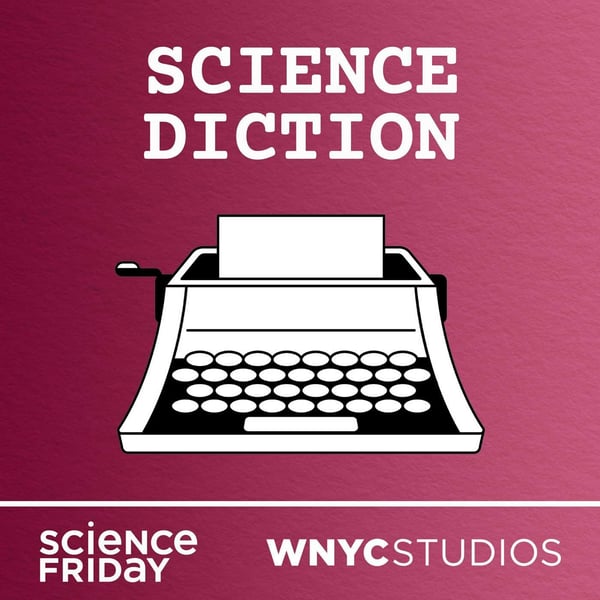American Chestnut: Resurrecting A Forest Giant
Science Diction
Science Friday and WNYC Studios
4.8 • 610 Ratings
🗓️ 21 December 2021
⏱️ 22 minutes
🧾️ Download transcript
Summary
Transcript
Click on a timestamp to play from that location
| 0:00.0 | Hey, three quick items of business before we start. First, we have a survey. Would love your thoughts on |
| 0:07.9 | what you like, what you don't like, and who you are. You can fill that out at science friday.com |
| 0:14.0 | slash feedback for us. Second, I want to disclose that my partner's aunt works for the American |
| 0:20.6 | Chestnut Foundation. |
| 0:22.1 | You'll hear about the foundation a little later. |
| 0:24.6 | And finally, we're going to have a little announcement at the end of the show. |
| 0:28.6 | So keep listening after the credits. |
| 0:31.2 | Okay, here we go. |
| 0:33.7 | On a summer day in 1904, a forester named Herman Merkel was strolling the grounds of the Bronx Zoo. |
| 0:41.0 | When he noticed something strange, he noticed that the leaves on one of the trees were wilted. |
| 0:46.6 | Reporter Shayla Farzan, with me to tell this story. |
| 0:49.5 | When Herman looked closer, he saw that around the base of some of the branches, there was this |
| 0:55.4 | ring of dry bark, which soon became covered in tiny orange specks. |
| 1:01.4 | Whatever it was, it was spreading through the zoo grounds and fast, and it always attacked |
| 1:07.4 | just one type of tree, the American chestnut. By the following summer, the orange |
| 1:14.7 | specks had reached so many trees that Herman decided to ask for help. He sent off some of the sick |
| 1:21.3 | branches to the U.S. Department of Agriculture in Washington. And after examining the specimens, |
| 1:30.0 | their fungus expert clearly saw cause for concern. She recommended the zoo get on it, stat, cut off the infected branches, and burn them. By the time |
| 1:37.1 | they were done, the zoo had pruned more than 400 trees. They then sprayed the trees with hundreds of gallons of fungicide. |
| 1:46.6 | Herman later wrote that some of the trees were so heavily infected that after cutting away all the disease branches, there was nothing but a bare trunk left. |
| 1:57.2 | They'd have to wait until the next growing season to see if this actually worked. |
| 2:02.2 | But all of this effort was like trying to put out an inferno with a squirt gun. |
... |
Please login to see the full transcript.
Disclaimer: The podcast and artwork embedded on this page are from Science Friday and WNYC Studios, and are the property of its owner and not affiliated with or endorsed by Tapesearch.
Generated transcripts are the property of Science Friday and WNYC Studios and are distributed freely under the Fair Use doctrine. Transcripts generated by Tapesearch are not guaranteed to be accurate.
Copyright © Tapesearch 2025.

